Apple drops lawsuit against NSO Group, citing risk of exposing critical threat intelligence amid growing spyware threats.


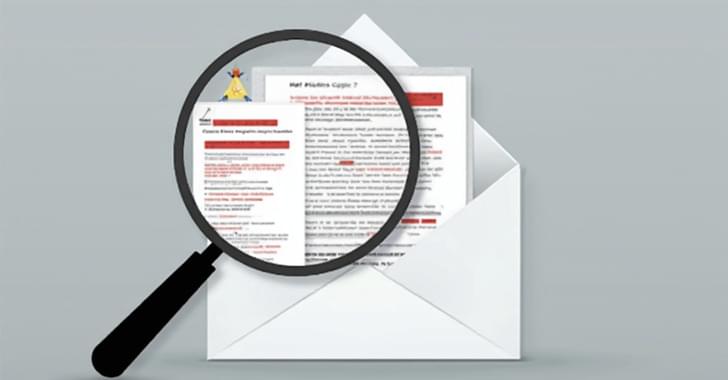
It also follows the discovery of a stealthy threat actor that presents itself as a legitimate enterprise and has been advertising automated CAPTCHA-solving services at scale to other cybercriminals and helping them infiltrate IT networks.
Dubbed Greasy Opal by Arkose Labs, the Czech Republic-based “cyber attack enablement business” is believed to have been operational since 2009, offering to customers a toolkit of sorts for credential stuffing, mass fake account creation, browser automation, and social media spam at a price point of $190 and an additional $10 for a monthly subscription.
The product portfolio runs the cybercrime gamut, allowing them to develop a sophisticated business model by packaging several services together. The entity’s revenues for 2023 alone are said to be no less than $1.7 million.

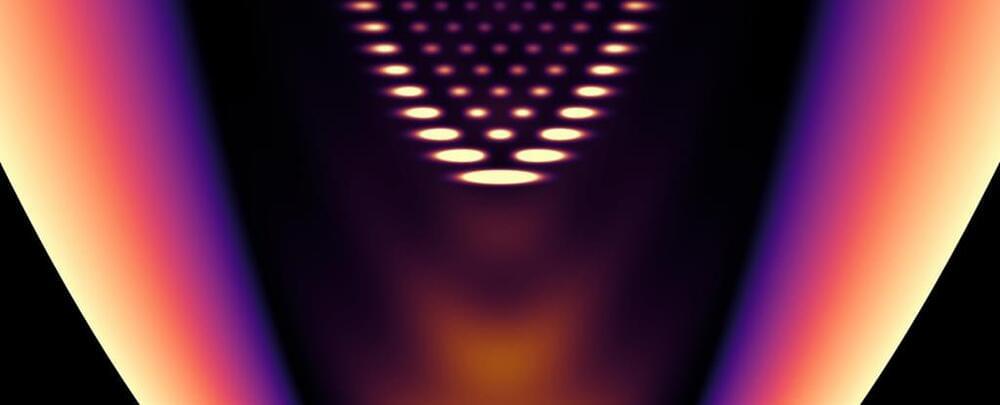
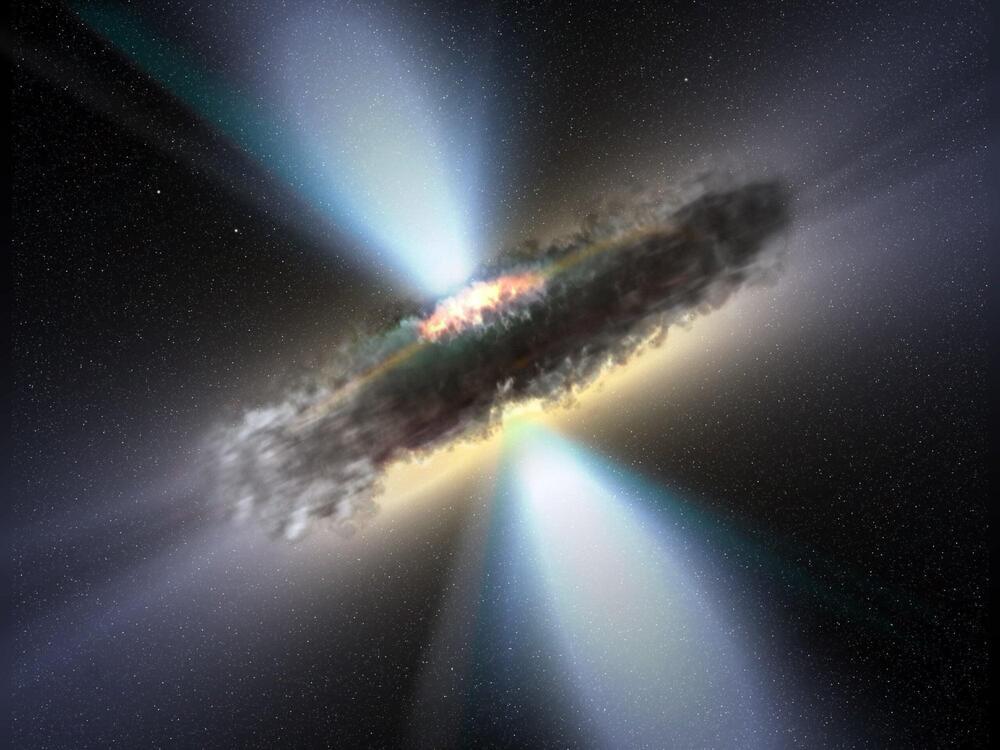
Astronomers have identified the largest and most distant water reservoir ever detected in the universe. This immense collection of water, equivalent to 140 trillion times the water in Earth’s oceans, surrounds a quasar over 12 billion light-years away.
“The environment around this quasar is very unique in that it’s producing this huge mass of water,” stated Matt Bradford from NASA’s Jet Propulsion Laborator y. “It’s another demonstration that water is pervasive throughout the universe, even at the very earliest times.” Bradford leads one of the teams behind this groundbreaking discovery. Their research, partially funded by NASA, appears in the Astrophysical Journal Letters.
Quasars are powered by enormous black holes that consume surrounding gas and dust, emitting vast amounts of energy. The quasar in question, APM 08279+5255, harbors a black hole 20 billion times more massive than the sun and produces energy equivalent to a thousand trillion suns.

Samsung Foundry has reportedly secured a major 2nm customer, the US AI chip firm Ambarella, as the Korean giant seeks to gain market dominance.
Samsung’s 2nm GAA Process Faces Yield Issues, Yet The Firm Still Has Massive Attention From The Markets
Samsung is currently navigating its way through the semiconductor industry since the firm’s foundry division hasn’t witnessed a “conclusive” breakthrough yet, especially for its higher-end processes. To add further confusion to the matter, reports state the Samsung hasn’t managed to achieve “industry-standard” yield rates with its processes, notably the 3nm GAA, which goes to show that the Korean giant is experiencing a hard time in the markets. However, The Elec now reports that Samsung Foundry has secured a 2nm client, the renowned US semiconductor design company Ambarella.
The US has some impressive flywheel energy storage plants. The largest of these is the 20 MW Beacon Power flywheel station located in Stephentown, New York. Until recently, it was the world’s largest flywheel energy storage system (FESS), but not anymore.
China has developed a massive 30-megawatt (MW) FESS in Shanxi province called the Dinglun flywheel energy storage power station.
This station is now connected to the grid, making it the largest operational flywheel energy storage facility ever built.
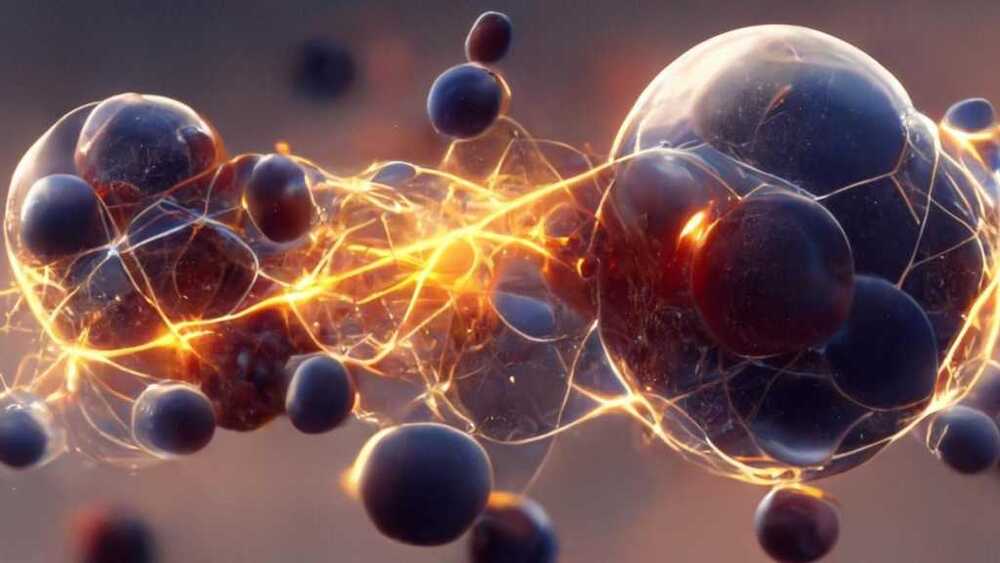
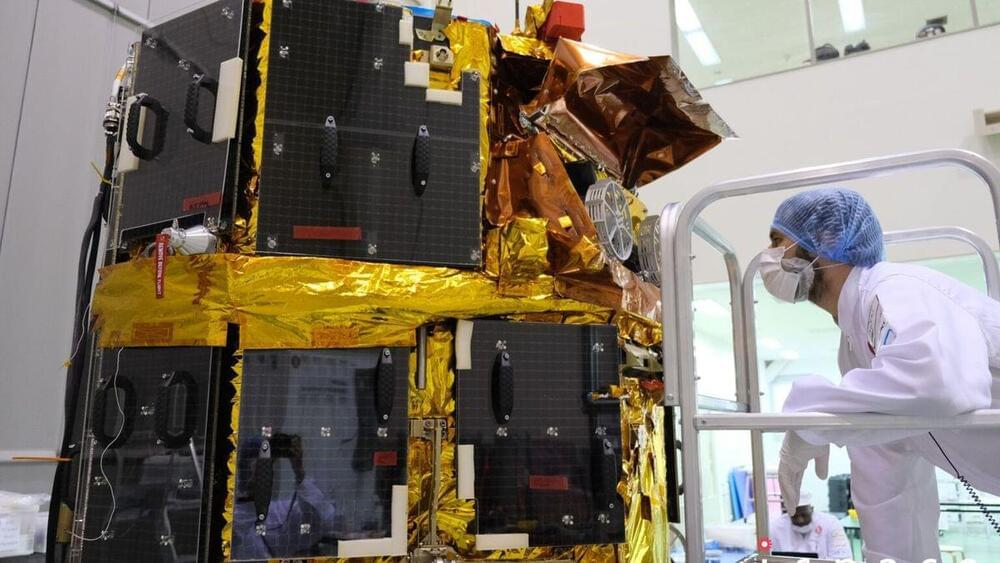
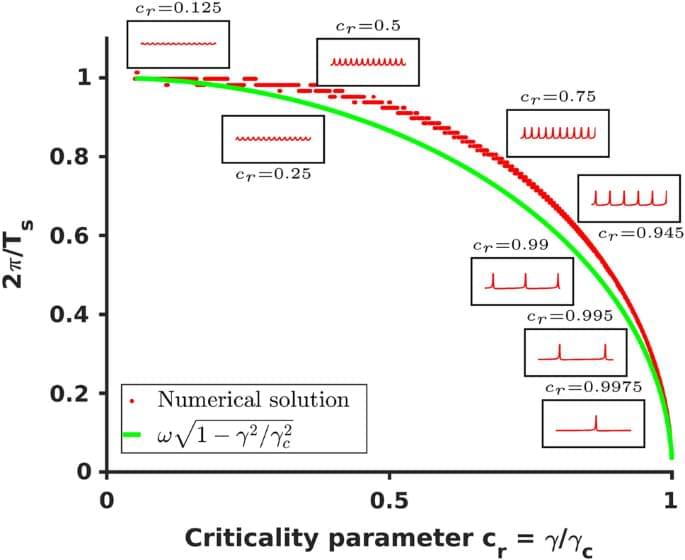
Galinsky, V.L., Frank, L.R. Sci Rep 13, 4,343 (2023). https://doi.org/10.1038/s41598-023-31365-6